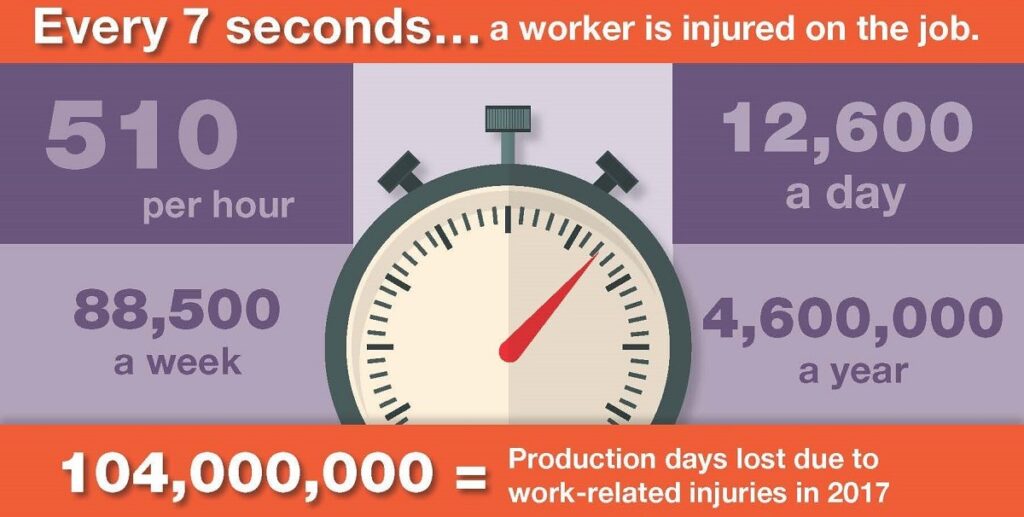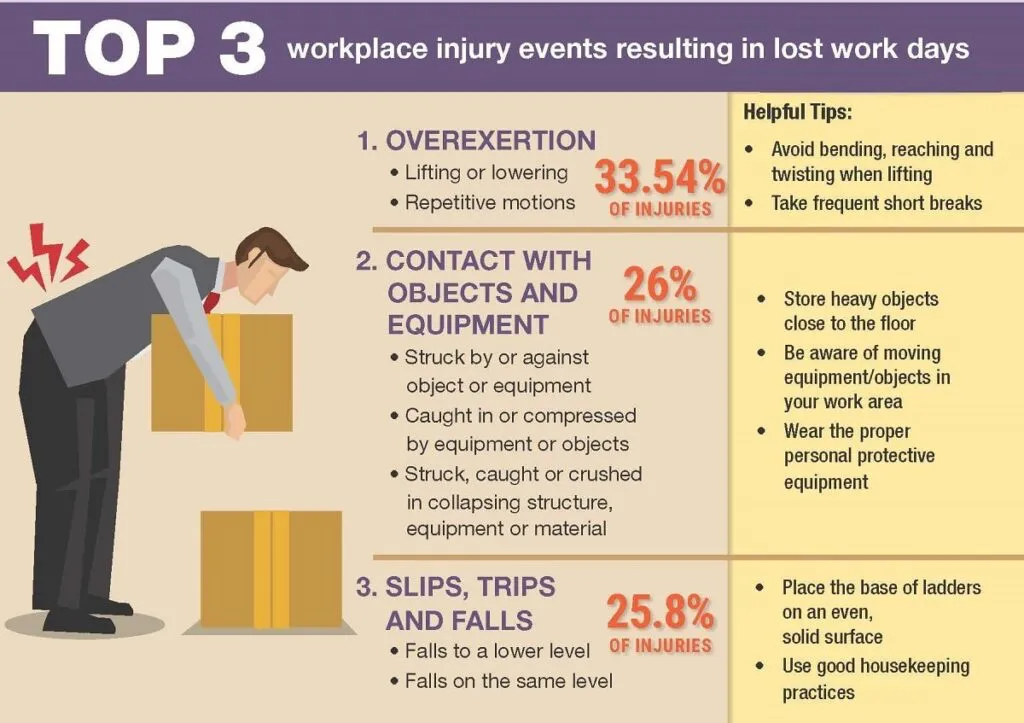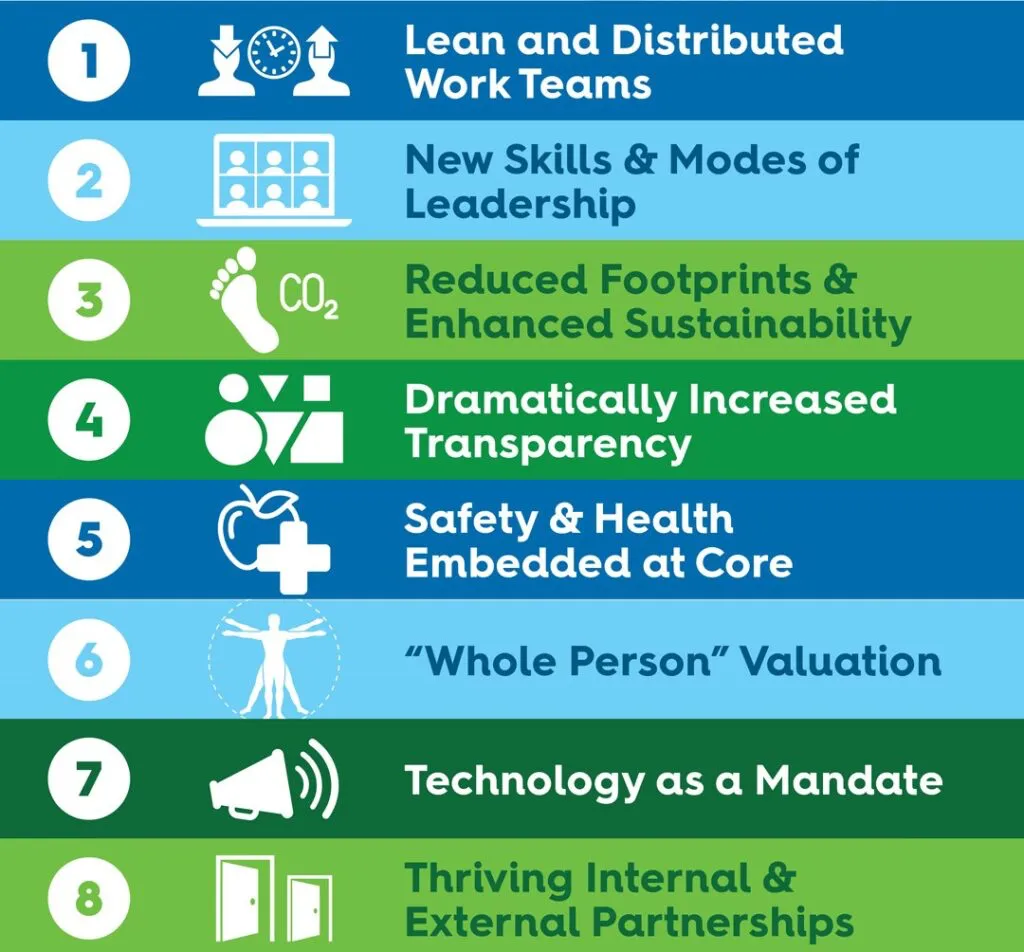Workplace incidents exact a heavy toll. Each year, an estimated 3 million work-related deaths and 374 million non-fatal injuries occur globally, translating into immense human suffering and economic losses. The International Labor Organization (ILO) estimates that 4% of global GDP is lost annually due to workplace injuries and illnesses. These figures highlight that safety in the workplace is a multi-dimensional concern with physical, psychological, and financial ramifications.
So, where do we begin to solve this problem?
While employers are tasked with providing a safe working environment, employees must also actively participate in safety practices. This collaborative effort is crucial for minimizing risks and responding effectively to incidents when they occur. In this blog, we will examine workplace safety regulations in detail. We will discuss the responsibilities of employers and employees, identify common safety issues in the workplace hazards, and offer practical strategies for preventing and addressing these risks.
The Importance of Safety in the Workplace
Workplace safety is a broad concept that encompasses all practices and procedures designed to prevent injuries, illnesses, and fatalities in the workplace. It extends beyond simply following regulations and involves a proactive approach to identifying, assessing, and mitigating hazards. Workplace injury prevention is a fundamental aspect of this, focusing on preventing injuries before they occur.
As Mike Russo from JobSiteCare aptly puts it when discussing workplace safety management:
“By strategically addressing risks, organizations proactively diminish the likelihood of incidents, aiming to establish a workplace where risks are not only identified but are systematically controlled and mitigated.”
This approach can lead to significant benefits, including:
- Protection of Employees: The primary goal of workplace safety is to safeguard the well-being of employees. By minimizing the risk of injuries and illnesses, companies demonstrate a commitment to their workforce and contribute to a positive work environment.
- Regulatory Compliance: Workplace safety regulations are in place to ensure that companies maintain specific standards to protect their employees. Non-compliance can result in legal penalties, fines, and reputational damage.
- Financial Stability: Workplace accidents can lead to substantial financial losses due to medical costs, workers’ compensation claims, and potential litigation. By preventing accidents, companies can avoid these costs and protect their bottom line.
- Reputation and Brand Image: A company’s commitment to safety can enhance its reputation among employees, customers, and stakeholders. Conversely, a poor safety record can tarnish a company’s image and make it difficult to attract and retain talent.
- Operational Efficiency: A safe workplace is often a more productive workplace. When employees feel secure and supported, they are more likely to be engaged and focused on their tasks, leading to improved efficiency and output.

Common Safety Issues and Challenges
Every workplace, regardless of industry, presents unique safety issues and challenges. Some hazards are obvious, like heavy machinery or hazardous chemicals, while others are less apparent, such as repetitive motions or workplace stress. It’s essential to be aware of the broad spectrum of potential risks to effectively manage them.
Physical Hazards
These are the most visible types of workplace hazards and can include:
- Slips, Trips, and Falls: Common in many workplaces, these can be caused by wet floors, uneven surfaces, or clutter.
- Machinery and Equipment Accidents: These can involve anything from cutting tools to heavy machinery and are often due to lack of training, improper maintenance, or human error in various industries like construction and energy. In such cases, relying on strategies like construction site safety and practical construction safety management measures and onsite healthcare can positively impact onsite employee health and business outcomes.
- Electrical Hazards: Faulty wiring, overloaded circuits, and improper use of electrical equipment can lead to shocks, burns, or even fires.
- Fires and Explosions: Flammable materials, improper storage, and lack of workplace fire safety equipment can all contribute to these dangerous incidents.
- Vehicle Accidents: These can occur in industries that involve driving, such as transportation and logistics.
Health Hazards
These are often less immediately apparent but can have long-term consequences, and can include:
- Chemical Exposure: Many workplaces use chemicals that can be harmful if inhaled, ingested, or absorbed through the skin.
- Noise Exposure: Loud noise can lead to hearing loss over time.
- Ergonomic Hazards: Poor posture, repetitive motions, and improper lifting techniques can cause musculoskeletal disorders.
- Biological Hazards: These can include bacteria, viruses, and other pathogens that can cause illness.
Psychological Hazards
These relate to the social and psychological aspects of work and include:
- Stress: Work overload, tight deadlines, or interpersonal conflicts can lead to chronic stress, impacting both physical and mental health.
- Workplace Violence: Verbal abuse, harassment, or physical assault can create a hostile work environment and cause significant distress.
- Bullying and Harassment: Repeated negative behavior towards a worker can have severe psychological consequences.

How to Promote Safety in the Workplace?
A proactive workplace safety management system can substantially lower the occurrence of workplace incidents. Here are several actionable strategies that organizations can employ:
1. Perform systematic Hazard Identification and Risk Assessment
Regular comprehensive inspections and risk assessments are fundamental in identifying potential hazards. This process should encompass all aspects of the work environment, including equipment, processes, and work practices. A thorough understanding of the risks allows for the development of targeted interventions and control measures.
2. Provide thorough Training and Education Programs
Investing in comprehensive training programs for all employees is critical. These programs should not only educate employees on the specific hazards they may encounter but also instill a culture of safety awareness. Ongoing training and refresher courses ensure that safety knowledge remains current and relevant.
3. Open Channels for Communication and Incident Reporting
Encouraging open communication about safety concerns is essential. Establishing clear and accessible reporting mechanisms allows employees to voice concerns or report near misses without fear of retribution. Prompt reporting and investigation of incidents enable corrective actions to be taken before they escalate into more serious events.
4. Provide appropriate Personal Protective Equipment (PPE)
In situations where hazards cannot be eliminated, the proper use of PPE becomes a crucial line of defense. Providing employees with the appropriate PPE and ensuring its correct usage can significantly reduce the risk of injury, the risk of re-injury during recovery and return to work, or the risk of illness.
5. Perform rigorous Equipment Maintenance
Regular maintenance and inspection of tools, machinery, and equipment are imperative. A well-maintained work environment minimizes the risk of equipment failure, which can lead to accidents. Implementing a preventive maintenance schedule ensures that equipment operates optimally and safely.
6. Adopt ergonomically Designed Workstations
Integrating ergonomic principles into the design of workstations and tasks can greatly impact worker health and productivity. By reducing physical strain and discomfort, ergonomic design can prevent musculoskeletal disorders and create a more comfortable work environment.
7. Establish comprehensive Emergency Preparedness
Having a well-developed and regularly practiced emergency response plan is non-negotiable. This plan should outline procedures for various emergency scenarios, including fires, chemical spills, and natural disasters. Regular drills ensure that all employees are familiar with these procedures and can respond effectively in a crisis.
8. Promote Employee Health and Wellness
Organizations that invest in employee health and well-being programs reap numerous benefits. These programs can address a range of issues, from stress management to physical fitness, contributing to a healthier and more productive workforce. A healthy workforce is less prone to accidents and illnesses, leading to reduced absenteeism and increased morale.

Key considerations for an effective workplace safety plan
Developing an effective construction workplace safety program requires a multi-pronged approach that addresses not only prevention but also response and continuous improvement. By incorporating the following elements, organizations can enhance their safety performance and mitigate risks.
Onsite Health and Wellness Professionals
Adopting onsite healthcare and having trained health and wellness professionals readily available on-site can facilitate prompt and appropriate responses to injuries or illnesses. Their expertise in regulatory compliance and injury management can streamline processes and improve outcomes.
Data Analytics and Risk Assessment
Utilizing data analytics tools can help identify trends and patterns in workplace incidents, enabling proactive risk assessment and targeted interventions. With this, organizations can allocate resources effectively and focus on areas with the highest risk potential.
Injury Response Procedure
While prevention is the goal, having a clearly defined and efficient injury response procedure is crucial. Immediate access to medical care and a streamlined process for reporting and managing injuries can minimize the impact on both the employee and the organization.
Physician-led Telemedicine
Leveraging telemedicine in the workplace, like JobSiteCare’s occupational health telemedicine solution, can improve access to medical expertise, especially in remote or underserved locations. These solutions can provide timely consultations, diagnoses, and treatment plans, ensuring that employees receive the appropriate care without delay.
Conclusion
Workplace safety is a continuous process that requires diligence, adaptation, and a commitment to the well-being of every employee. By understanding the risks, implementing proactive measures, and promoting a safety-conscious culture, organizations can minimize incidents and create a more productive and positive work environment.
JobSiteCare offers a unique, comprehensive approach to workplace injury solutions that goes beyond traditional methods. Our OSHA-fluent, physician-led, and data-driven solutions empower organizations to take a proactive stance on safety. To learn more about how JobSiteCare can revolutionize your approach to workplace injury management, contact us today for a consultation.
Frequently Asked Questions
Who regulates health and safety in the workplace?
The Occupational Safety and Health Administration (OSHA), a federal agency under the Department of Labor, is the primary regulator of workplace health and safety in the United States. OSHA sets and enforces standards, conducts inspections, and provides training and education to promote safe and healthy working conditions.
Who is responsible for safety in the workplace?
Both employers and employees share responsibility for workplace safety. Employers are obligated to provide a safe working environment, implement safety programs, and train employees in safe practices. Employees, in turn, must follow safety rules, report hazards, and participate in safety training.
How to improve safety awareness in the workplace?
Safety awareness can be improved through regular training, communication, and visible reminders of safety protocols. Encouraging employee participation in safety committees and conducting regular safety audits can also contribute to a more safety-conscious workplace culture.
How might employers benefit from workplace safety laws?
Workplace safety laws protect both employees and employers. By complying with these laws, employers can reduce accidents, injuries, and illnesses, leading to decreased costs associated with medical expenses, workers’ compensation claims, and potential legal liabilities.
How can workplace safety training contribute to better outcomes?
Effective workplace safety training equips employees with the knowledge and skills to identify hazards, follow safe work practices, and respond appropriately in emergencies.


